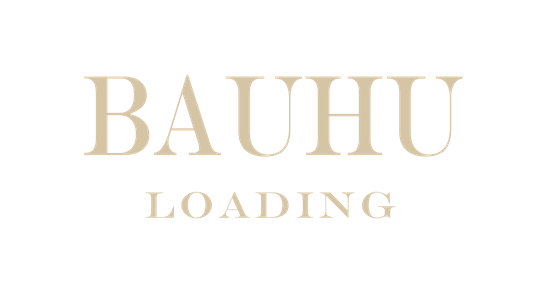There are several options that can be applied to Bauhu homes with flat roofs. A green roof, also known as a living roof or a vegetated roof, is a type of roofing system that is partially or fully covered with vegetation. Green roofs can be installed on both flat and sloped roofs, and they are designed to provide a number of benefits, including:
-
Improved insulation: Green roofs can help to reduce the heat island effect by providing insulation and cooling for the building.
-
Improved air quality: The plants on a green roof can absorb carbon dioxide and other pollutants from the air, helping to improve air quality.
-
Stormwater management: Green roofs can help to reduce the amount of stormwater runoff by capturing and storing rainwater in the soil and vegetation.
-
Habitat creation: Green roofs can provide habitat and food for birds, insects, and other wildlife, helping to promote biodiversity.
Green roofs can be customized to fit the specific needs and goals of a building. They may include a variety of plant species, such as grasses, sedums, and wildflowers, which are chosen for their ability to thrive in the local climate and soil conditions.
It is important to properly maintain and care for a green roof to ensure that it continues to function effectively. This may include watering the plants, trimming overgrown vegetation, and replacing any plants that become damaged or die. Bauhu Homes with flat roof designs employ both blue and green roof technology.

Renewable energy is a prerequisite of a futureproof home. PV and solar thermal are integrated into a combined BIOSOLAR HYBRID sustainable roof system providing the ideal scenario of a vegetated biodiverse ‘GREEN’ roof, complete with the full stormwater management and retention of a ‘BLUE’ roof and a viable ‘SOLAR’ array for maximum renewable energy generation all on the same useable roof space.A BIOSOLAR is a type of roofing system that combines solar panels with living plants or vegetation. The solar panels are used to generate electricity, while the plants provide insulation and cooling for the building, as well as helping to absorb carbon dioxide from the atmosphere.
Biosolar roofs can be a sustainable and cost-effective alternative to traditional roofing systems, as they provide the benefits of solar power while also helping to reduce the heat island effect, which is the phenomenon of urban areas being significantly warmer than rural areas due to the concentration of heat-absorbing materials such as asphalt and concrete.
Biosolar roofs can be installed on Bauhu modular Homes.
A BLUE ROOF is a type of roofing system designed to temporarily store and manage stormwater runoff. Blue roofs are often used in areas where there is limited access to precious water.
Water is a basic human essential that can no longer be taken for granted. Most tropical precipitation is wasted as deluges quickly overwhelm traditional gutter and downpipes. A ‘blue’ roof system is designed to capture rainwater and manage its collection, holding high volumes of stormwater during severe rain events, reducing the flow rate from the roof and feeding it slowly into storage tanks concealed below the house.
Blue roofs typically consist of a waterproof membrane, a drainage layer, and a storage layer. During a rainstorm, the roof captures and temporarily stores the stormwater runoff in the storage layer. The water is then slowly released back into the environment or into storage cisterns, helping to reduce the risk of flooding and saving water.
Blue roofs can be installed on both flat and sloped roofs, and they can be customized to fit the specific needs and goals of a building. They may be used in combination with other stormwater management practices, such as green roofs or permeable paving, to help manage and reduce the impact of stormwater runoff on the environment.
Note that the roof treatments described are available with this home as an optional addition if requested.
